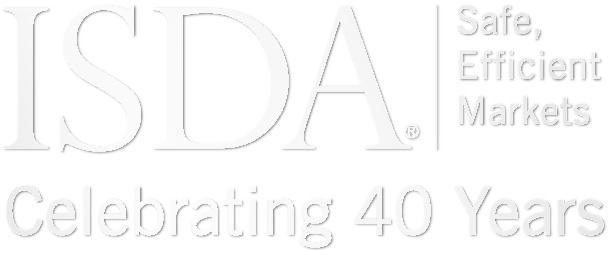Executive Summary
- The leverage ratio is a poor indicator of bank condition.
- The Proposal would not meaningfully reduce the aggregate level of Tier 1 capital required to be held by U.S. GSIBs, nor would it undermine in any way the overall resilience of the banking sector or the financial system as a whole.
- The proposed modifications to the eSLR requirements would better align those requirements with their appropriate role as a backstop to risk-based capital requirements and reduce disparities between the U.S. capital framework and international standards. Additional modifications would further improve the role of the eSLR within the U.S. capital framework.
- The Proposal’s use of the Federal Reserve’s GSIB surcharge rule to determine eSLR requirements increases the importance of a comprehensive reassessment and recalibration of the U.S. GSIB surcharge.
- The eSLR requirement for subsidiary IDIs of U.S. GSIBs should be implemented as a buffer requirement instead of a requirement for well-capitalized status under the prompt corrective action (“PCA”) framework.
- The Agencies should make changes to the denominators for leverage capital requirements to further improve the regulatory capital framework.
- The Federal Reserve should make further changes to the TLAC SLR and LTD SLR requirements applicable to U.S. GSIBs in addition to modifying these requirements to reflect the recalibration of the eSLR.
- recalibrate the minimum LTD SLR requirement for U.S. GSIBs from 4.5% of total leverage exposure to 2.5% of total leverage exposure, without incorporating half of a firm’s GSIB surcharge in the minimum requirement or requiring it as a buffer; and
- recalibrate the minimum LTD SLR and LTD Tier 1 leverage ratio requirements for non-resolution covered IHCs to 1.875% and 2.625%, respectively, to reflect the appropriate scaling of internal TLAC requirements for non-resolution covered IHCs.
- Recalibrating the TLAC SLR buffer from a uniform 2% amount to half of a firm’s GSIB surcharge would appropriately reflect the proposed modifications to the eSLR buffer.
- The Federal Reserve should recalibrate the minimum TLAC SLR requirement from 7.5% to 5.5% to reflect the capital refill framework, or, at a minimum, recalibrate the minimum requirement from 7.5% to 6.75% to eliminate U.S. gold-plating relative to international standards.
- Any changes to the calibration of the minimum TLAC SLR requirement for U.S. GSIBs should result in corresponding changes to the minimum TLAC SLR requirement for covered IHCs to reflect the appropriate scaling of internal TLAC requirements for covered IHCs.
- The Federal Reserve should eliminate the separate LTD requirements applicable to U.S. GSIBs and covered IHCs from the TLAC rule, or at least eliminate the LTD SLR requirement. If the Federal Reserve retains the LTD SLR requirement, it should:
- recalibrate the minimum LTD SLR requirement for U.S. GSIBs from 4.5% of total leverage exposure to 2.5% of total leverage exposure, without incorporating half of a firm’s GSIB surcharge in the minimum requirement or requiring it as a buffer; and
- recalibrate the minimum LTD SLR and LTD Tier 1 leverage ratio requirements for non-resolution covered IHCs to 1.875% and 2.625%, respectively, to reflect the appropriate scaling of internal TLAC requirements for non-resolution covered IHCs.
- The Proposal’s clarification of the formulas used to calculate a firm’s TLAC buffer amount(s) would improve the TLAC rule.
Documents (1) for Joint Trades eSLR/TLAC Comment Letter
Latest
Updated OTC Derivatives Compliance Calendar
ISDA has updated its global calendar of compliance deadlines and regulatory dates for the over-the-counter (OTC) derivatives space.
The CPI Quandary
The recent US government shutdown didn’t just create weeks of political drama – it also left inflation-linked swaps dealers with a major headache: how should they determine an initial value for new trades given the US Bureau of Labor Statistics...
ISDA Response to HMT, BoE on UK CCPs
On November 18, ISDA submitted its responses to the Bank of England (BoE) consultation on ensuring the resilience of central counterparties (CCPs) and the UK Treasury’s (HMT) two draft CCP statutory instruments (SIs). These consultations form part of the update...
Doubling Down on Appropriate Trading Book Capital
Throughout ISDA’s 40th anniversary year, we’ve been reflecting on the quest for greater consistency and efficiency that underpins everything we’ve achieved since 1985. It was at the heart of the original efforts to bring greater standardization to the nascent derivatives...



